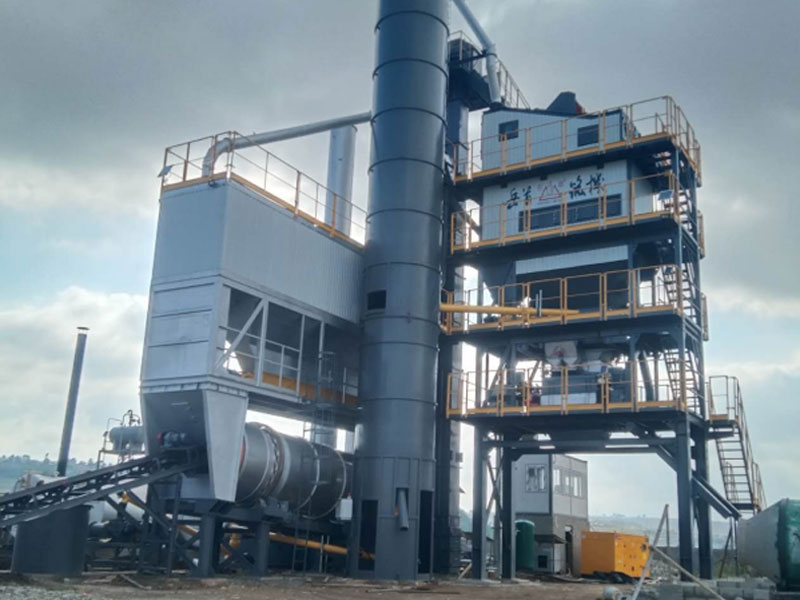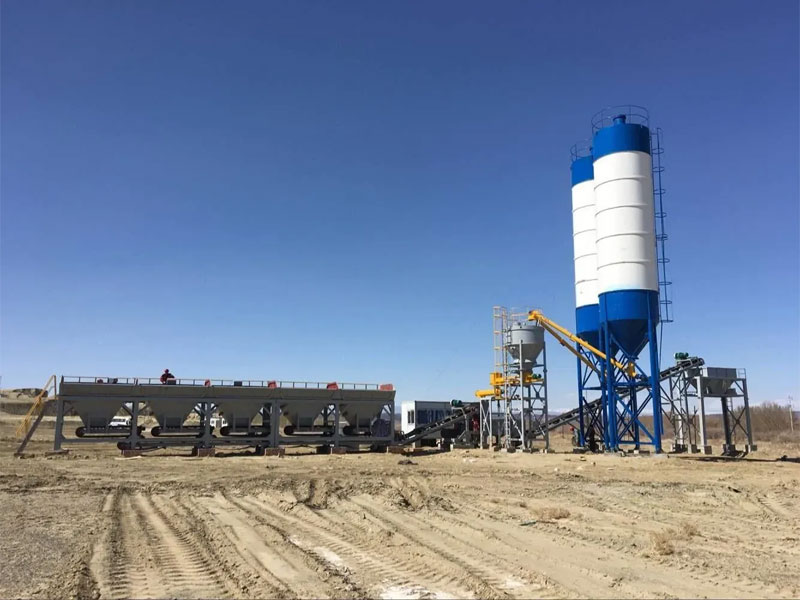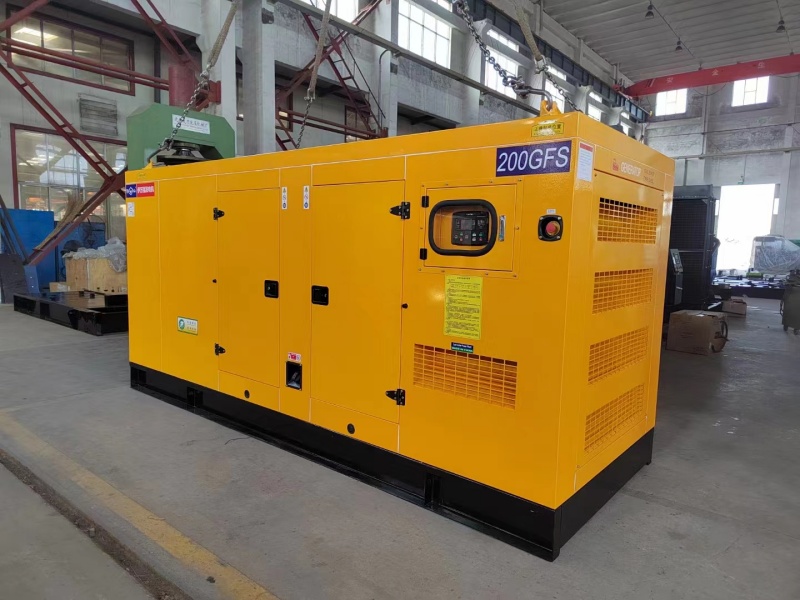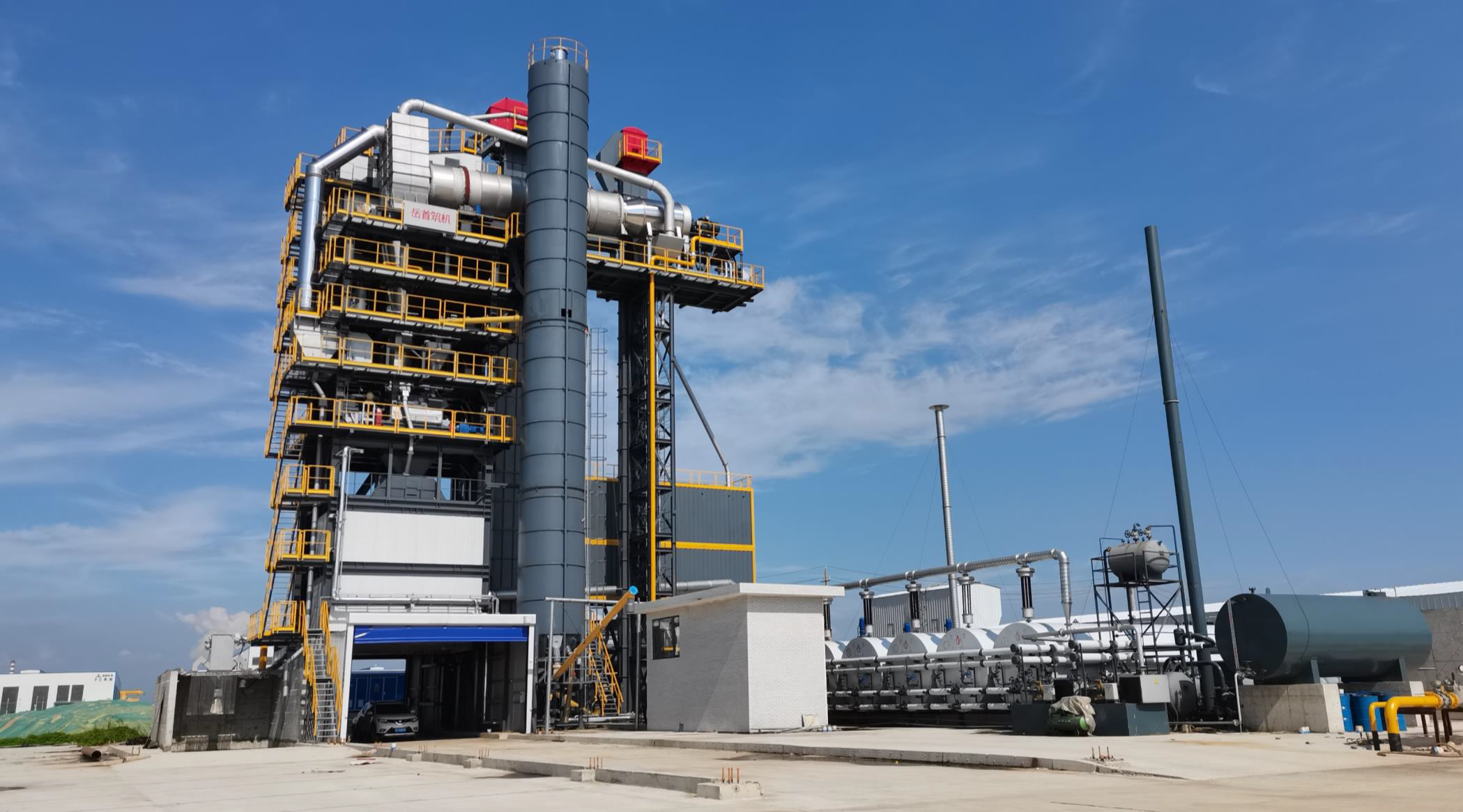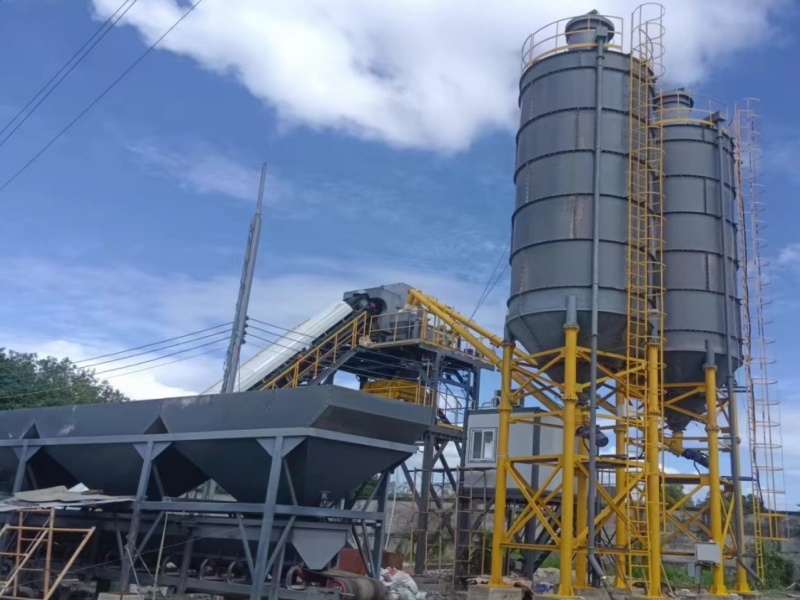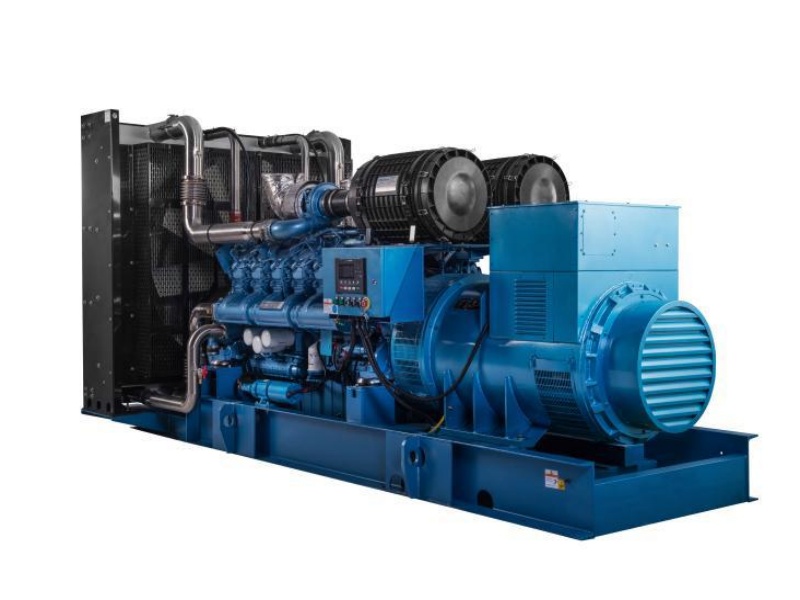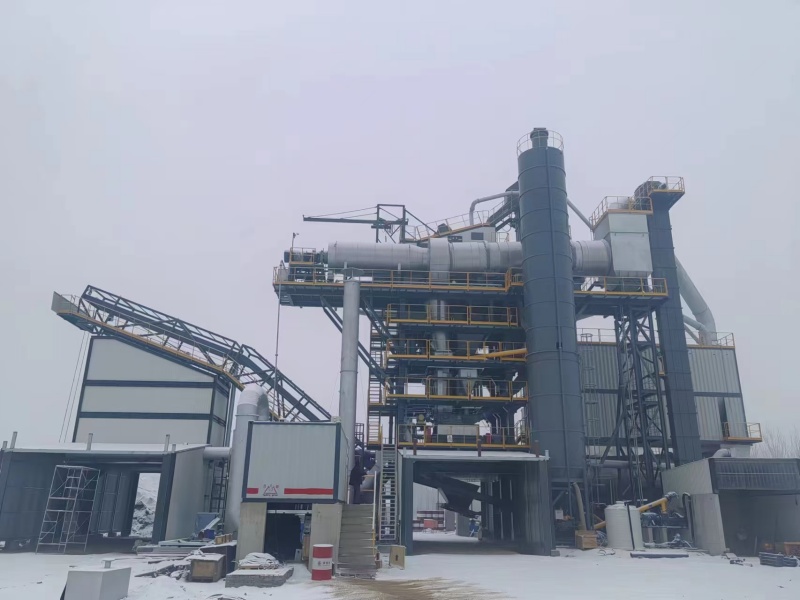OEM stationary concrete plant
OEM Stationary Concrete Plant: A Comprehensive GuideThis article provides a comprehensive overview of OEM stationary concrete plants, covering their types, benefits, selection criteria, and key considerations for purchase and operation. We delve into the factors influencing the choice of a stationary plant versus other options and explore the technological advancements shaping the industry.
OEM Stationary Concrete Plants: A Complete Guide
The construction industry relies heavily on efficient and reliable concrete production. For large-scale projects or businesses with consistent high-volume needs, a stationary concrete plant offers significant advantages. This comprehensive guide explores the world of OEM stationary concrete plants, guiding you through the key aspects to consider when making this significant investment.
Understanding OEM Stationary Concrete Plants
An OEM stationary concrete plant refers to a ready-mix concrete production facility manufactured by an original equipment manufacturer. These plants are designed for fixed locations and offer high capacity and consistent output. Unlike mobile plants, they are not easily relocated. Choosing an OEM stationary concrete plant provides access to superior technology, robust construction, and comprehensive after-sales support from the manufacturer. This often translates to lower long-term operating costs and higher overall efficiency.
Types of Stationary Concrete Plants
OEM stationary concrete plants come in various configurations, tailored to meet specific project demands and production capacities. Common types include:
- Batching Plants: These plants measure and mix ingredients in discrete batches. They are suitable for varied mix designs and offer flexibility.
- Continuous Plants: These plants continuously mix and deliver concrete, ideal for high-volume, consistent production needs. They are generally more efficient for large-scale projects.
Key Factors to Consider When Choosing an OEM Stationary Concrete Plant
Selecting the right OEM stationary concrete plant is crucial for project success. Key factors include:
- Production Capacity: Align the plant's capacity with your project's concrete requirements. Consider future expansion possibilities.
- Mix Design Flexibility: Choose a plant that can handle the range of concrete mixes needed for your projects.
- Automation Level: Assess your budget and the desired level of automation in the plant's operations.
- Environmental Considerations: Check for compliance with local environmental regulations concerning dust and noise pollution.
- Maintenance and Support: Choose an OEM with a proven track record of providing excellent after-sales service and readily available spare parts.
Benefits of OEM Stationary Concrete Plants
Investing in an OEM stationary concrete plant offers numerous advantages:
- Higher Production Capacity: Stationary plants are designed for high-volume production, ensuring timely project completion.
- Improved Concrete Quality: Precise batching and mixing processes lead to consistent and high-quality concrete.
- Reduced Labor Costs: Automation features minimize manual labor, leading to cost savings.
- Lower Operating Costs (Long-term): The initial investment is often offset by lower operating costs over the plant's lifespan due to efficient operation and ease of maintenance. Learn more about efficient plant designs from Taian Yueshou Mixing Equipment Co.,Ltd.
Comparing Stationary vs. Mobile Concrete Plants
The choice between a stationary and a mobile plant depends largely on the project's scale and duration. The table below highlights the key differences:
| Feature | Stationary Plant | Mobile Plant |
|---|---|---|
| Portability | Fixed Location | Relocatable |
| Production Capacity | Generally Higher | Lower |
| Initial Cost | Higher | Lower |
| Long-Term Cost | Potentially Lower | Potentially Higher |
Technological Advancements in OEM Stationary Concrete Plants
The industry is constantly evolving, with advancements in automation, control systems, and materials science improving the efficiency and sustainability of OEM stationary concrete plants. This includes the use of advanced sensors for real-time monitoring, improved mixing technologies for enhanced concrete properties, and increased automation to reduce manual intervention and potential human error.
Investing in a high-quality OEM stationary concrete plant is a significant decision that requires careful planning and research. By understanding the various aspects discussed in this guide, you can make an informed decision that aligns with your specific needs and contributes to your project's success.
1 Information regarding specific plant types and features may vary depending on the manufacturer. Consult individual OEM specifications for detailed information.
Related products
Related products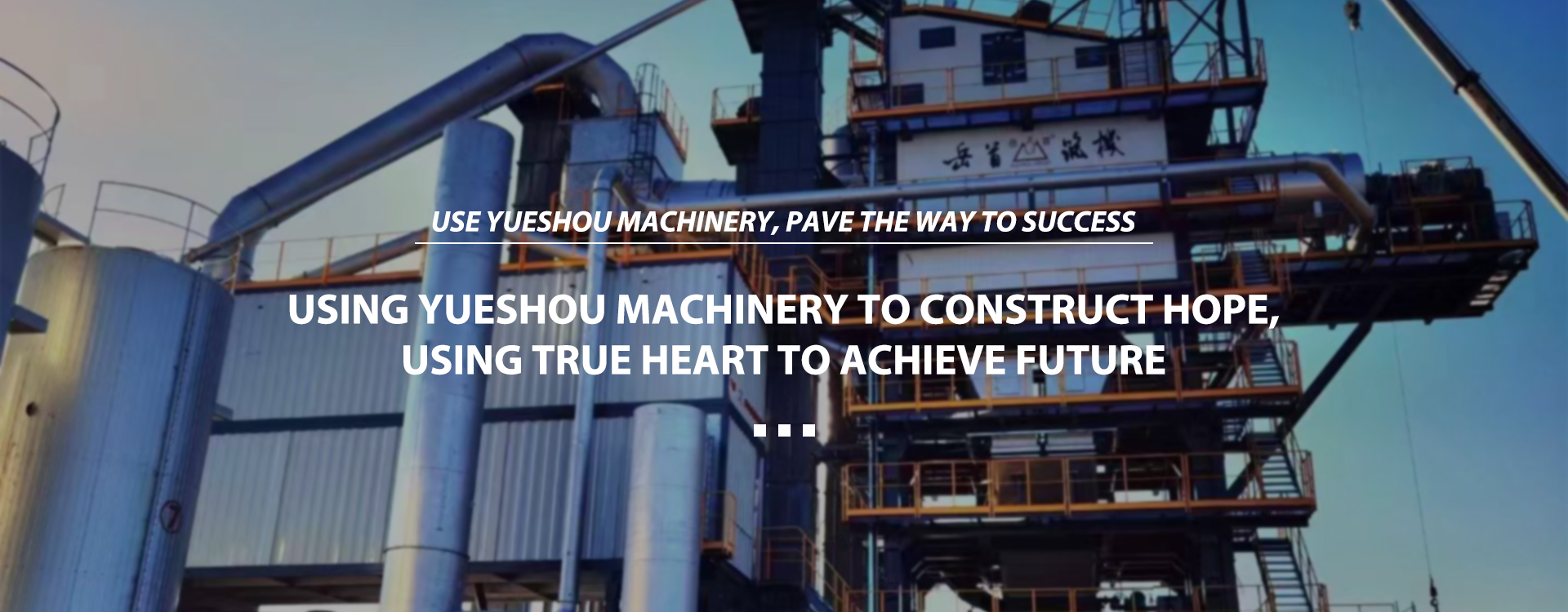
Best selling products
Best selling products-
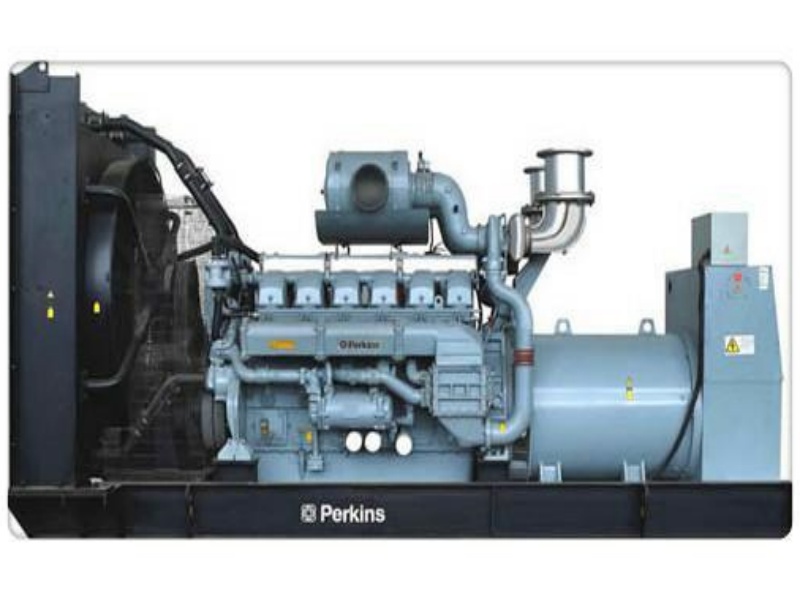 PERKINS SERIES DIESEL GENERATOR SET
PERKINS SERIES DIESEL GENERATOR SET -
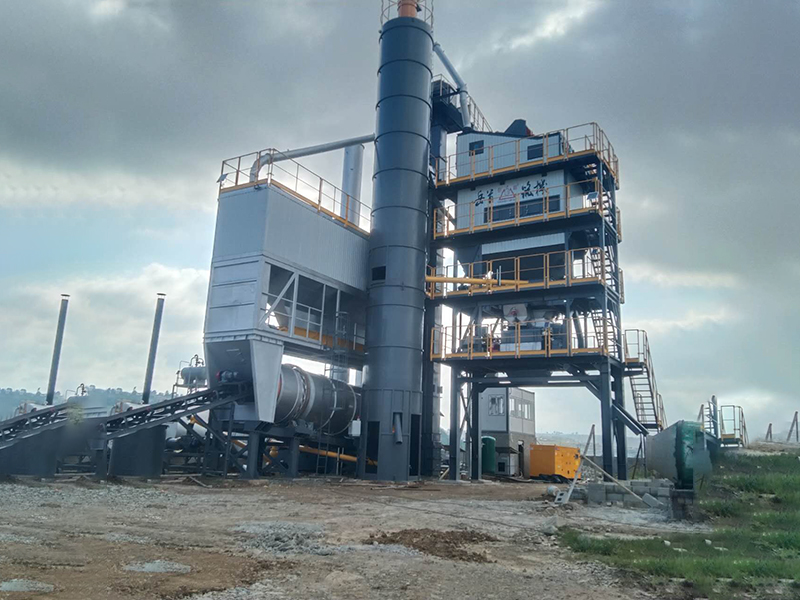 LB2000 Asphalt Mixing Plant
LB2000 Asphalt Mixing Plant -
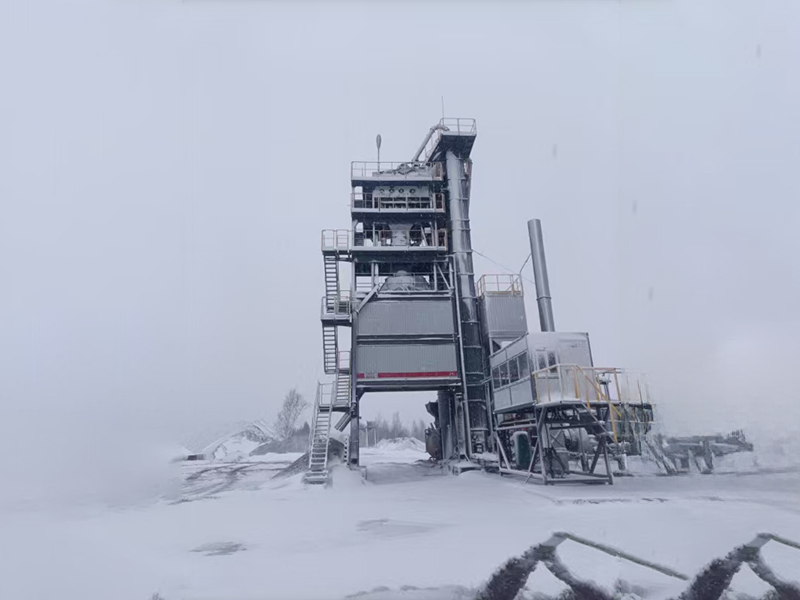 LB1000 asphalt mixing plant
LB1000 asphalt mixing plant -
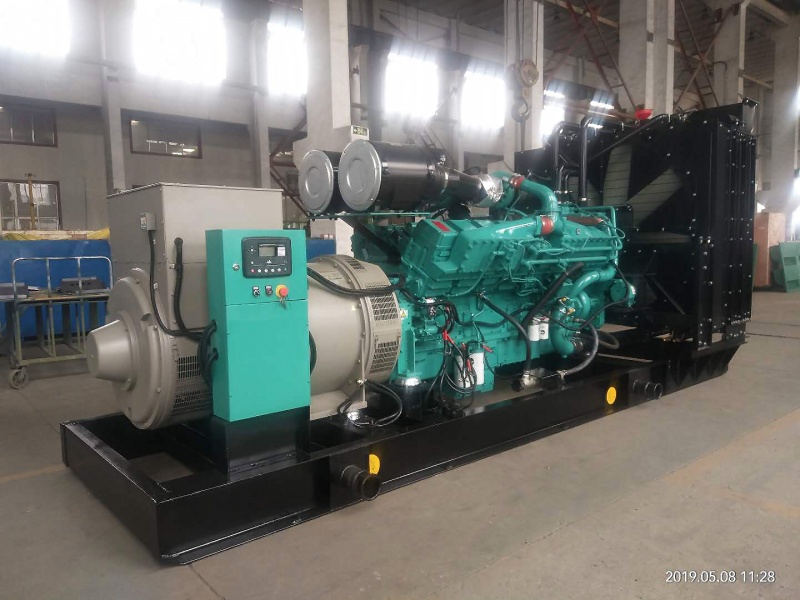 CUMMINS SERIES DIESEL GENERATOR SET
CUMMINS SERIES DIESEL GENERATOR SET -
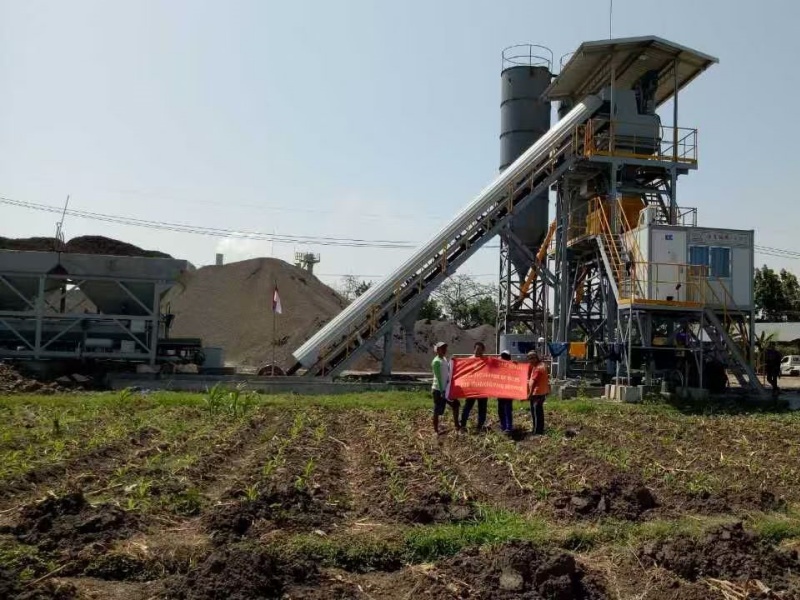 HZS75 Concrete mixing plant
HZS75 Concrete mixing plant -
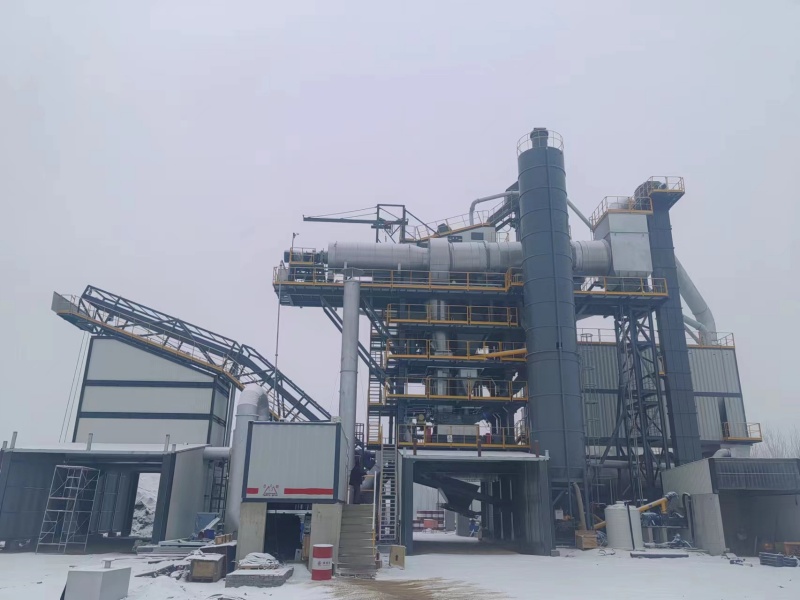 Static Batch Asphalt Mixing Plant Manufacturer
Static Batch Asphalt Mixing Plant Manufacturer -
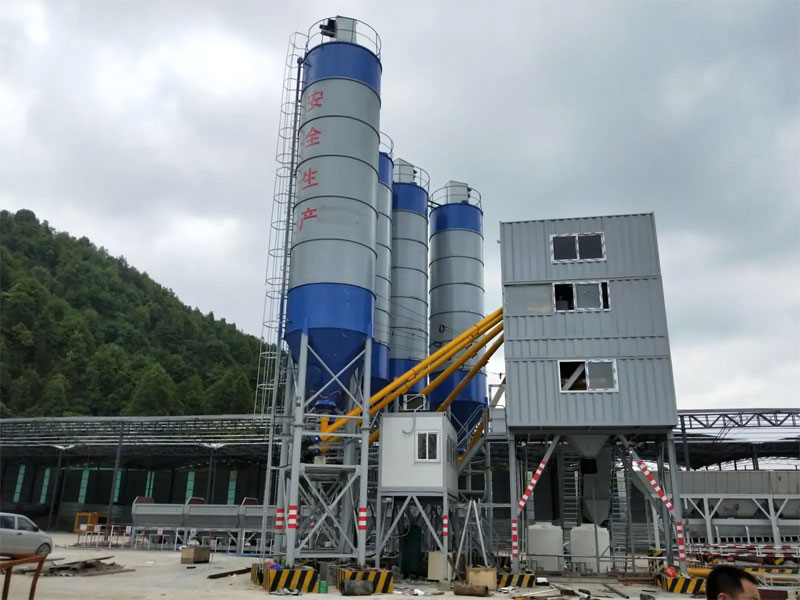 Concrete Batching Plant
Concrete Batching Plant -
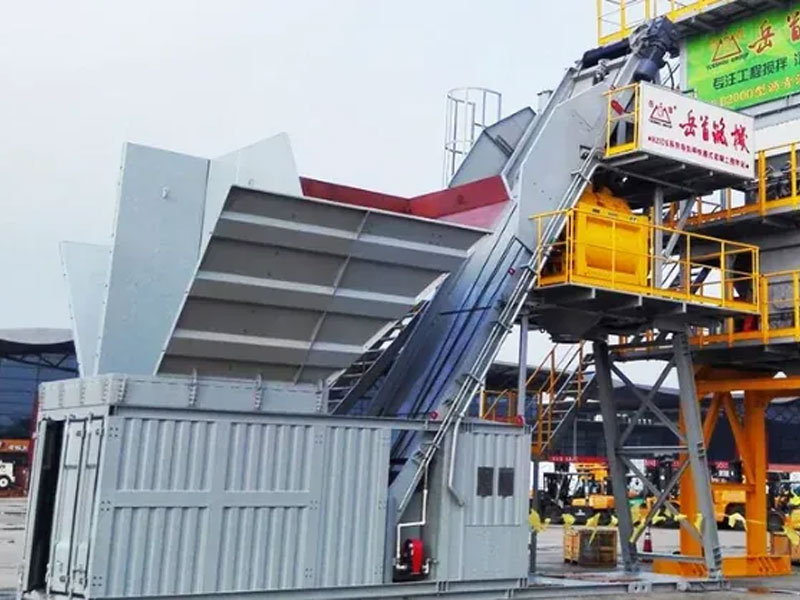 Moveable Type
Moveable Type -
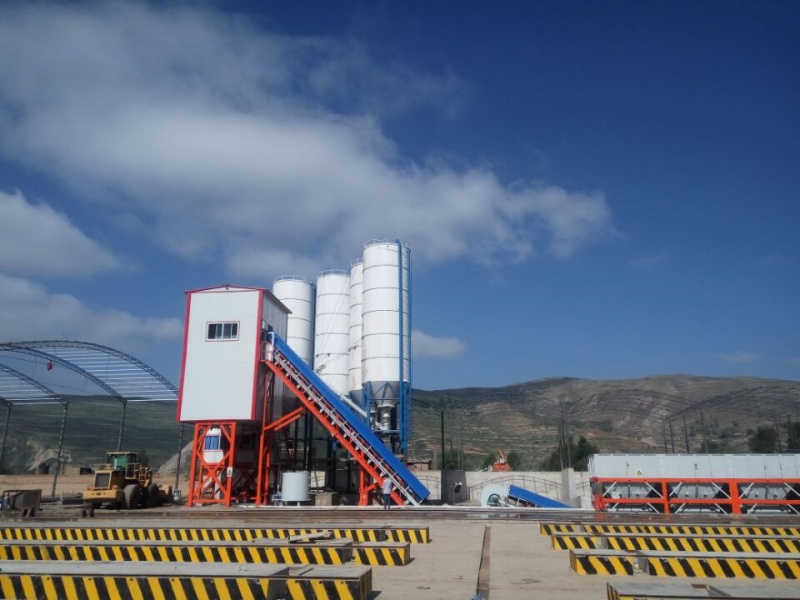 HZS90 Concrete Batching Plant
HZS90 Concrete Batching Plant -
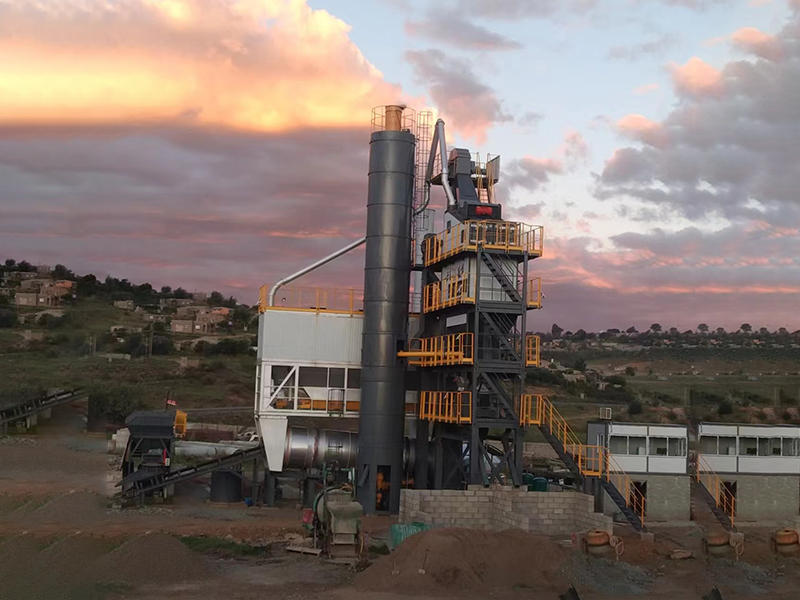 LB1500 asphalt mixing plant
LB1500 asphalt mixing plant -
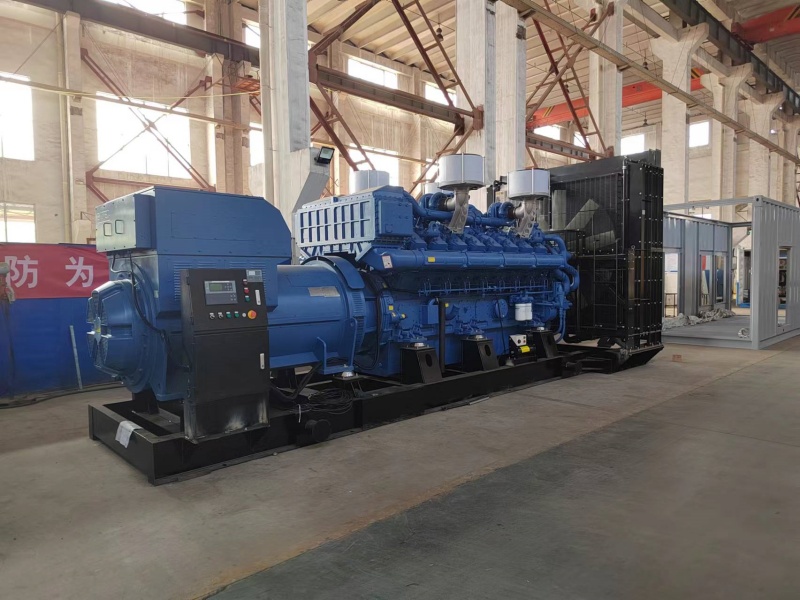 YUCHAI SERIES DIESEL GENERATOR SET
YUCHAI SERIES DIESEL GENERATOR SET -
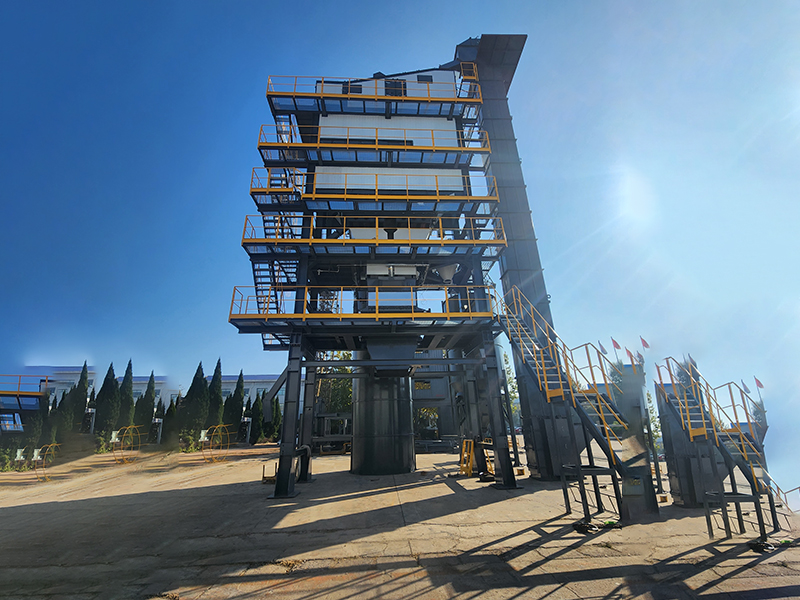 LB4000 asphalt mixing plant
LB4000 asphalt mixing plant
Related search
Related search- High-Quality concrete batching plant Manufacturer
- High-Quality lafarge asphalt plant Companies
- High-Quality all american asphalt plant Suppliers
- High-Quality on site concrete batching plant Exporters
- High-Quality small concrete plant for sale Product
- High-Quality crupi asphalt plant
- High-Quality vulcan materials asphalt plant Factory
- Wholesale used concrete plant
- China speco asphalt plant
- High-Quality all roads asphalt plant Manufacturer

